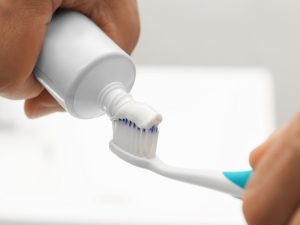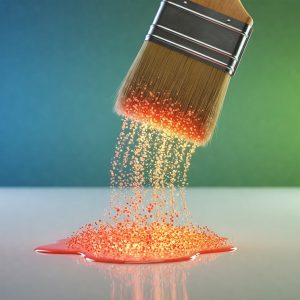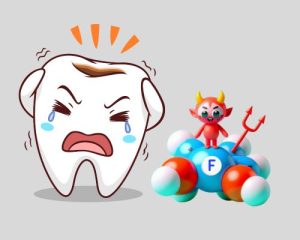 Wall paintings are precious cultural treasures that showcase the art and knowledge of the past. Sadly, they often face damage from the environment and human activities. To protect them, scientists have developed a new method using hydroxyapatite (HAP), a material found in bones and teeth. This technique strengthens and preserves the paintings without changing their original look.
Wall paintings are precious cultural treasures that showcase the art and knowledge of the past. Sadly, they often face damage from the environment and human activities. To protect them, scientists have developed a new method using hydroxyapatite (HAP), a material found in bones and teeth. This technique strengthens and preserves the paintings without changing their original look.
Preserving Heritage: Biomimetic Solutions for Archaeological Wall Paintings
Key Benefits of Using Hydroxyapatite
Strengthening Fragile Paintings : Hydroxyapatite forms directly in the painting’s surface by reacting with the plaster. This makes the artwork stronger and more durable.
Keeping the Original Look: The treatment ensures that the color and details of the artwork remain unchanged while improving its strength.
Using Modern Tools for Better Results: Advanced tools like microscopes and 3D imaging help experts check the effects of the treatment and improve it for each painting.
Custom Solutions for Every Painting: Each painting is unique. This method can be adjusted to match different materials and styles, like fresco or secco techniques.
More Uses Beyond Paintings
Working Together
This method brings together experts from different fields like science, engineering, and art. By sharing knowledge, they make better ways to protect cultural heritage.
 This technique isn’t just for wall paintings. It can also:
This technique isn’t just for wall paintings. It can also:
Protect rock art and stone structures.
Preserve fossils.
Help in bone and tooth repairs.
Fix damaged infrastructure.
Why It Matters
Old methods of preservation can sometimes harm the artwork. The HAP method is different—it keeps the art’s original beauty while making it last longer. This helps save our history and even inspires ideas for other fields like engineering.
Saving History for the Future
We have a duty to protect cultural heritage for the next generations. Using hydroxyapatite is a smart way to do this. It keeps the stories of the past alive and shows how science and art can work together to honor history.






